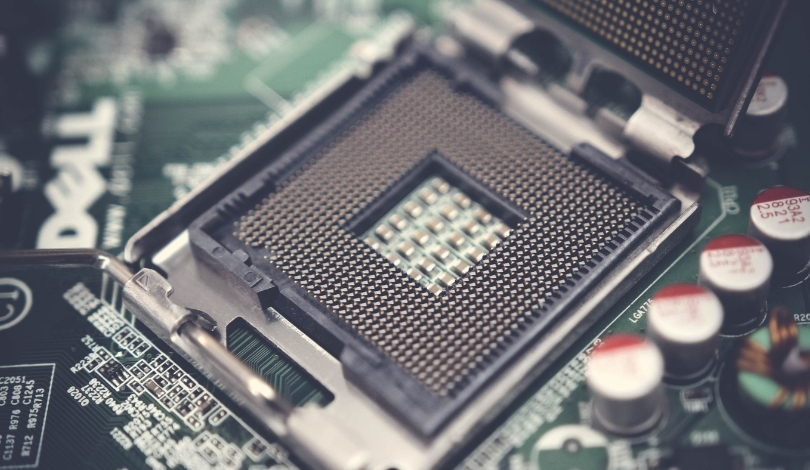The liquid cooling sector is experiencing a notable downturn, with several major companies reporting struggles in maintaining market share. This shift is attributed to evolving technological demands and increased competition from alternative cooling methods. As the industry adapts, stakeholders are reevaluating strategies to sustain growth and innovation.
Recent developments indicate a strategic pivot among top firms traditionally invested in liquid cooling solutions. Factors such as rising production costs and the complexity of integrating new technologies have contributed to the current challenges. Companies are now exploring hybrid systems and more efficient cooling technologies to address these issues.
Market analysis reveals a trend towards air cooling preferences in certain applications, driven by cost-effectiveness and ease of implementation. This shift has impacted the sales and expansion plans of liquid cooling manufacturers, forcing them to reconsider their product lines and market approaches.
What Are the Primary Factors Leading to the Decline?
Increased production costs and the intricacies of new technology integration are the main reasons for the decline. Companies find it challenging to balance quality with affordability, leading to reduced competitiveness in the market.
How Are Companies Adapting Their Strategies?
Businesses are diversifying their product offerings by incorporating hybrid cooling systems and investing in research to enhance efficiency. This strategic shift aims to meet the changing demands of the market and regain profitability.
What Does This Mean for the Future of Cooling Technologies?
The future of cooling technologies may see a blend of liquid and air cooling solutions, optimizing performance and cost. Innovations in materials and design could lead to more adaptable and sustainable cooling systems.
Historical data shows that the liquid cooling market had a robust growth phase driven by high-performance computing needs. Comparing this to the current scenario, it is evident that market dynamics have shifted, necessitating a reevaluation of long-term strategies by industry players.
“We are committed to overcoming these challenges by innovating our product lines and exploring new markets,” stated the CEO of a leading liquid cooling company.
Continued investment in research and development is critical for companies aiming to stay relevant in a rapidly evolving industry. Collaborations and partnerships may also play a significant role in navigating the competitive landscape.
Sustaining growth in the cooling technology sector will require a balanced approach between innovation and cost management. Companies that effectively integrate new technologies while maintaining affordability are likely to thrive. Additionally, staying attuned to market demands and being flexible in strategic planning will be essential for long-term success.










